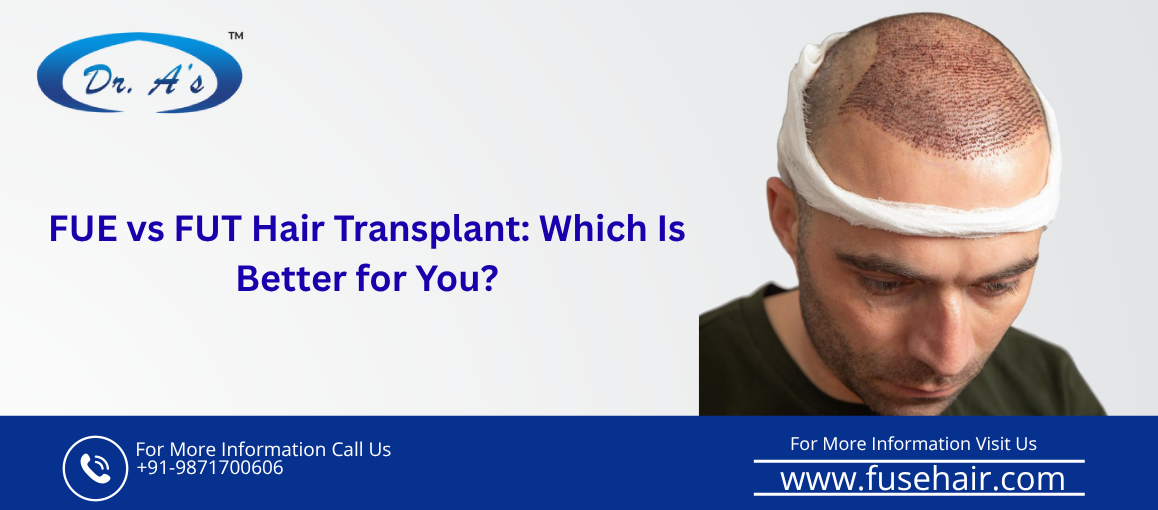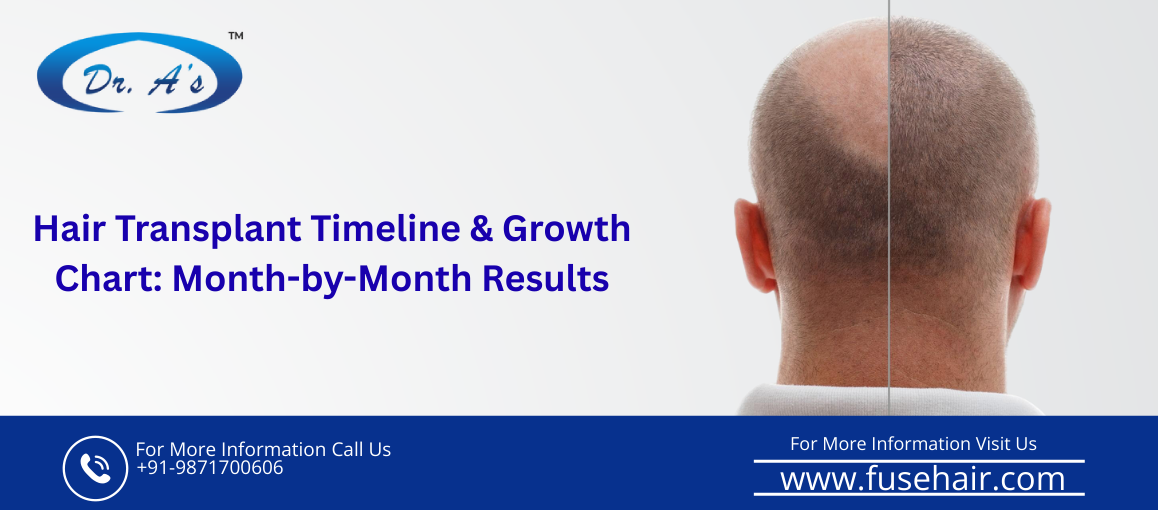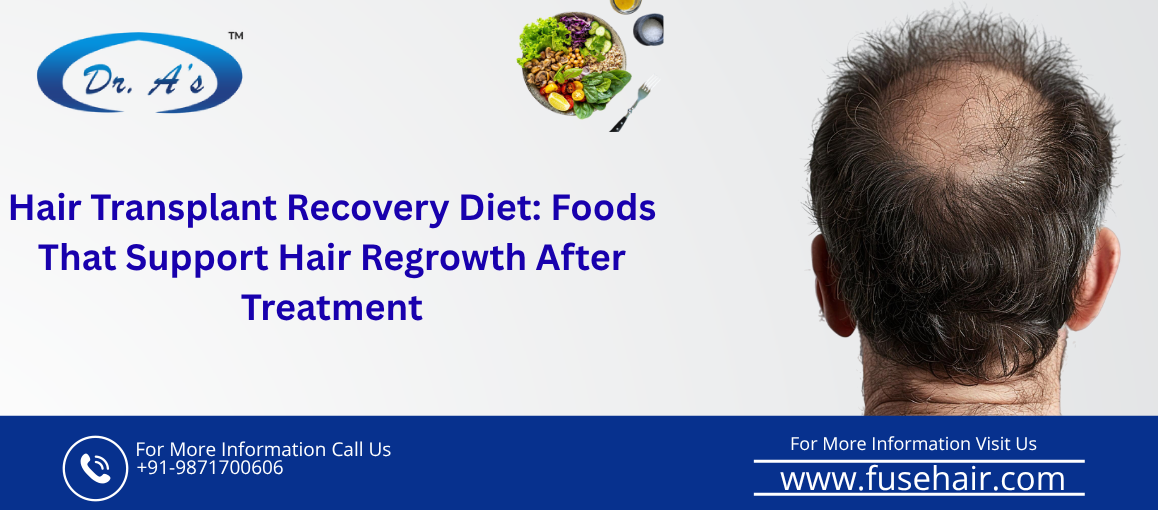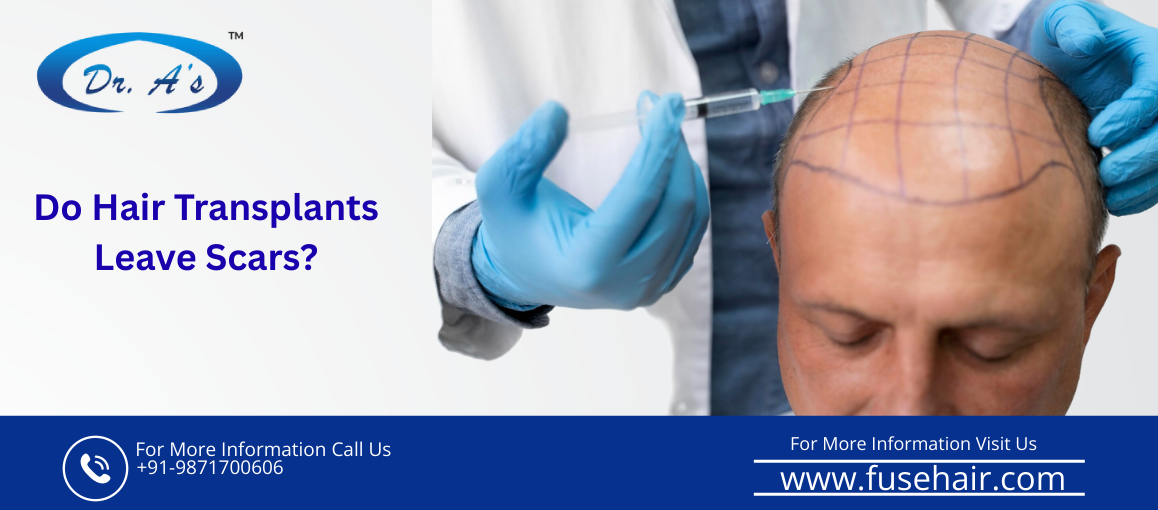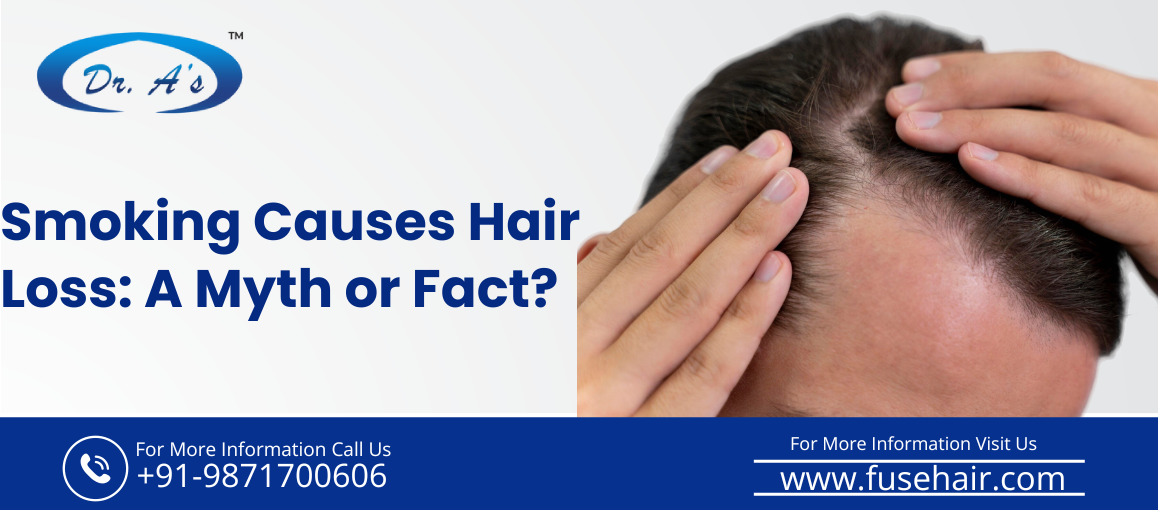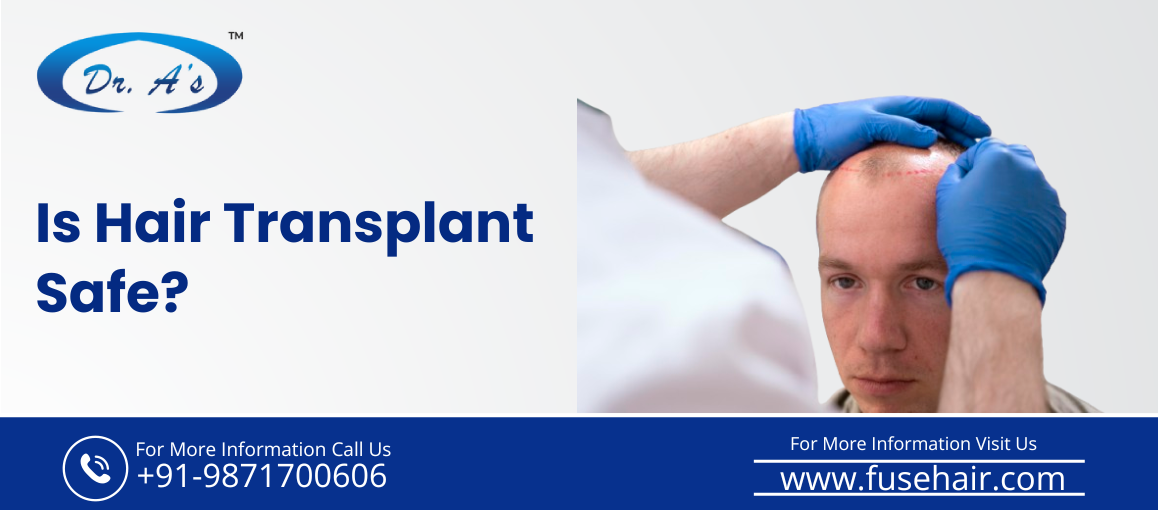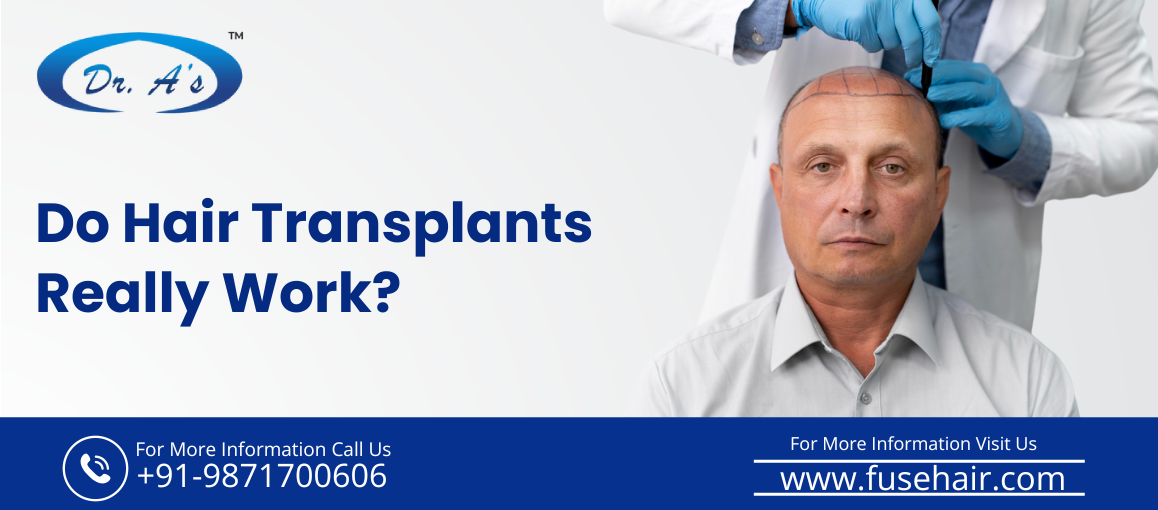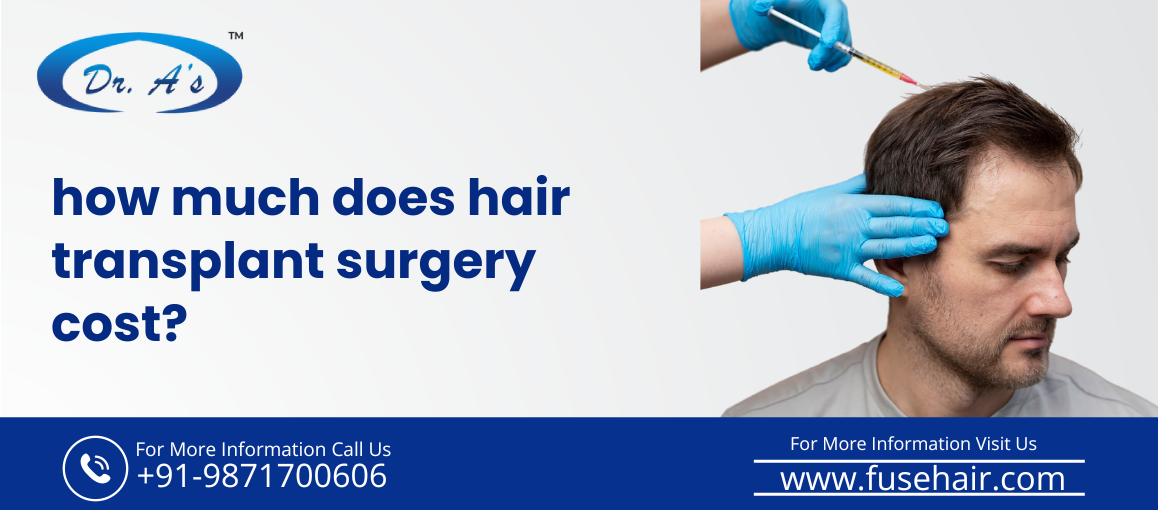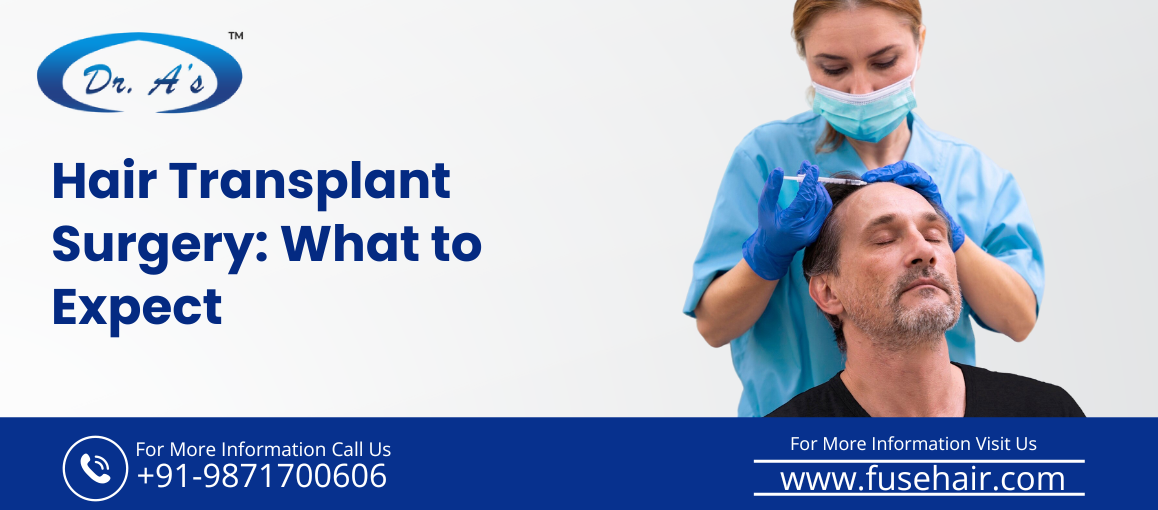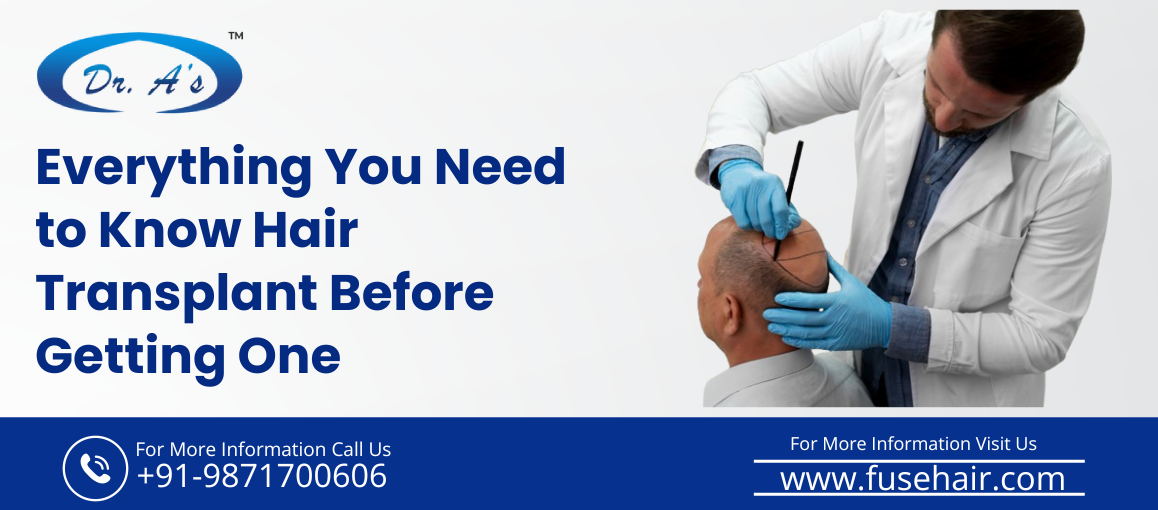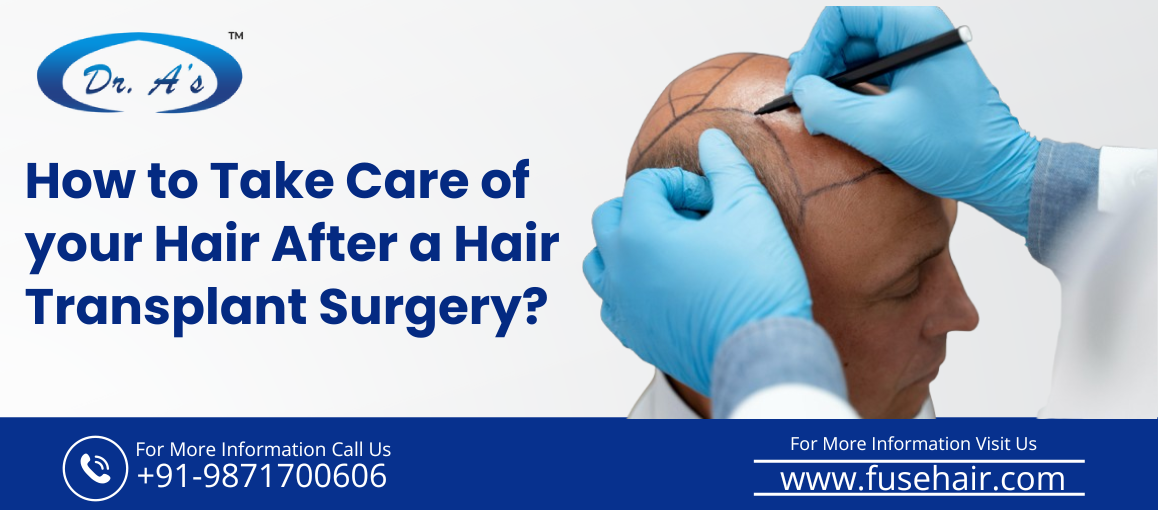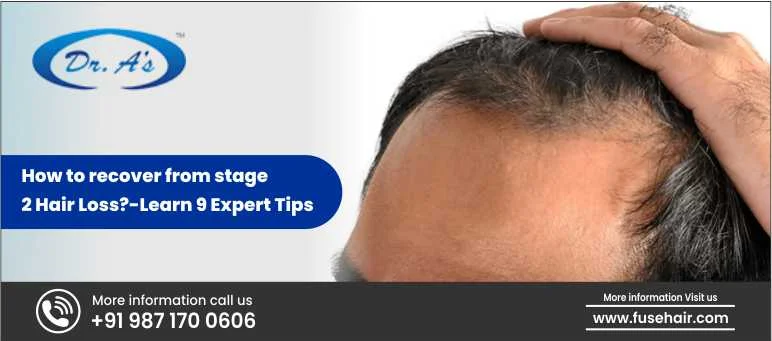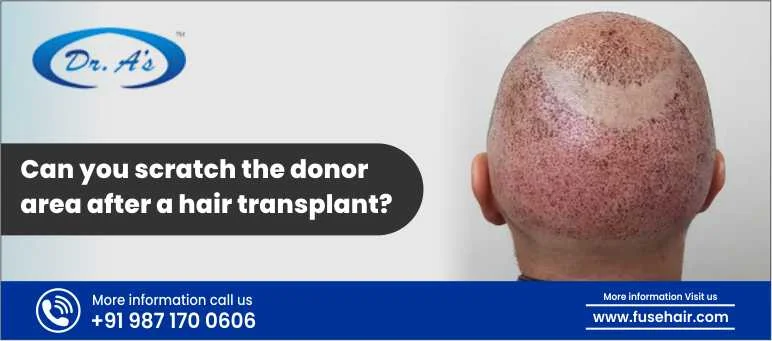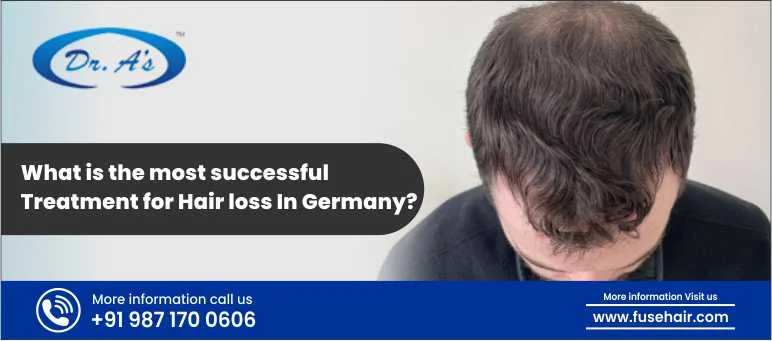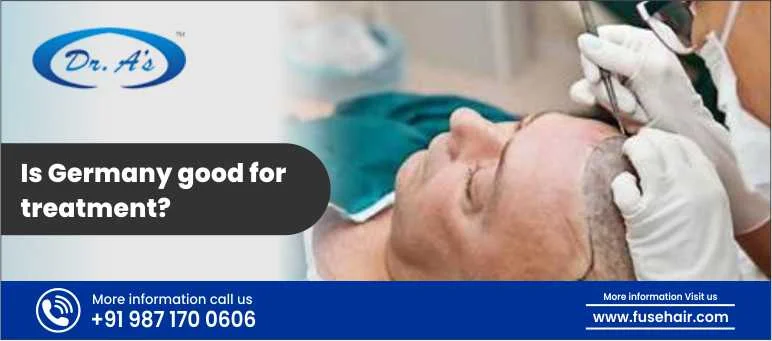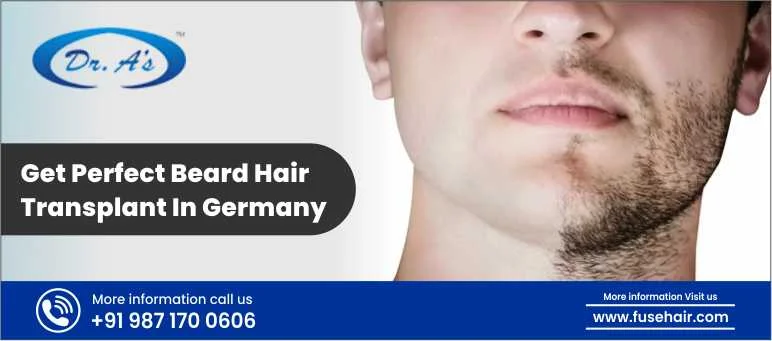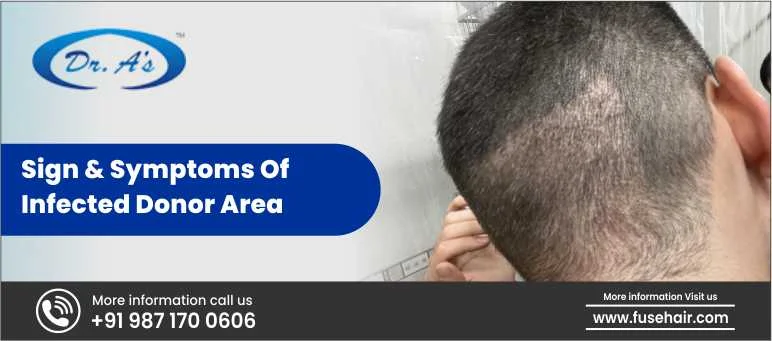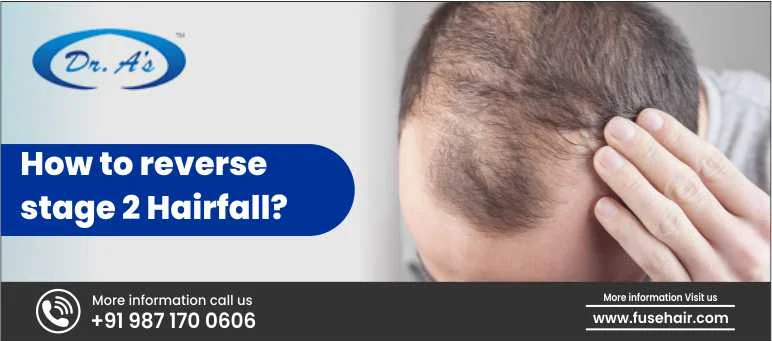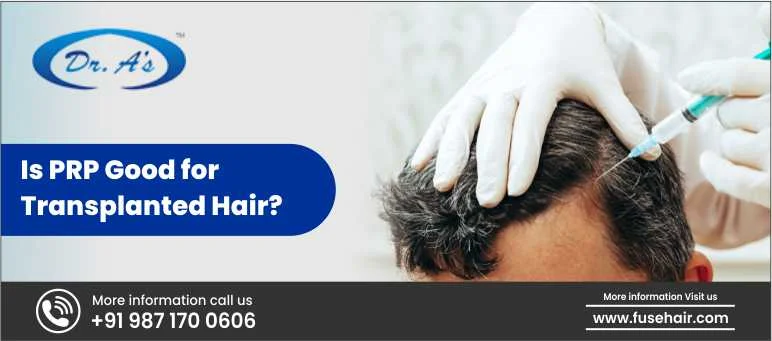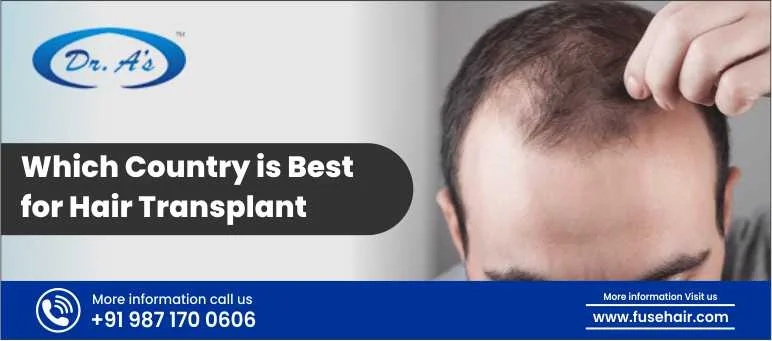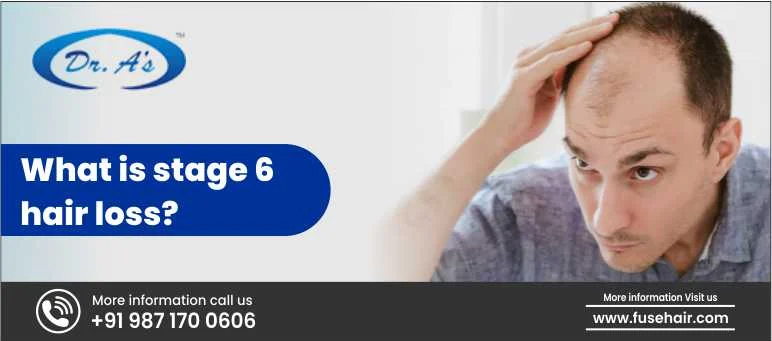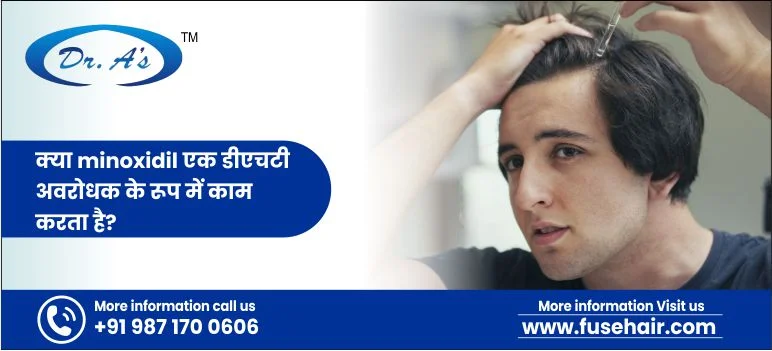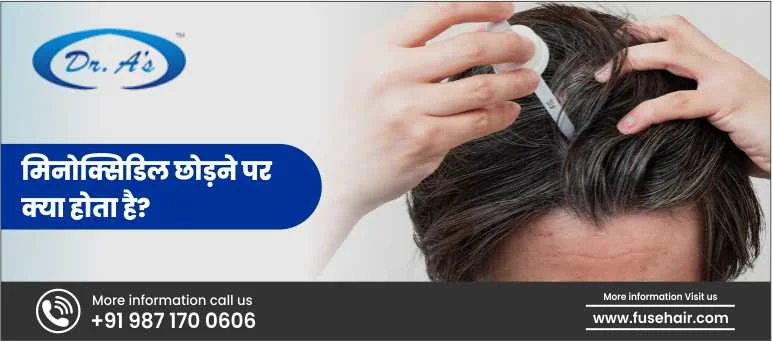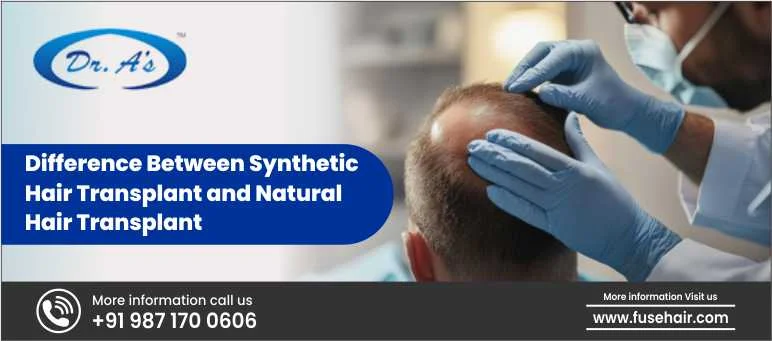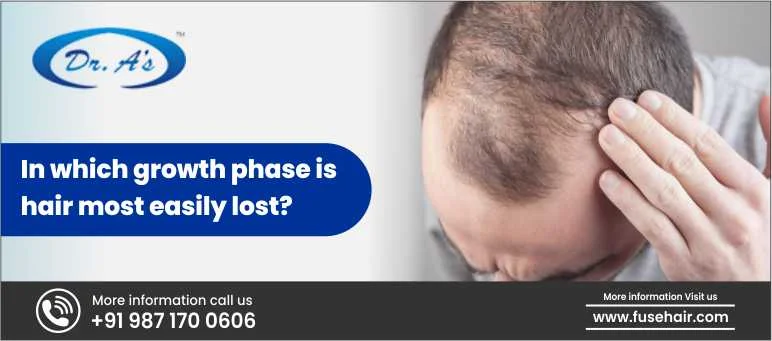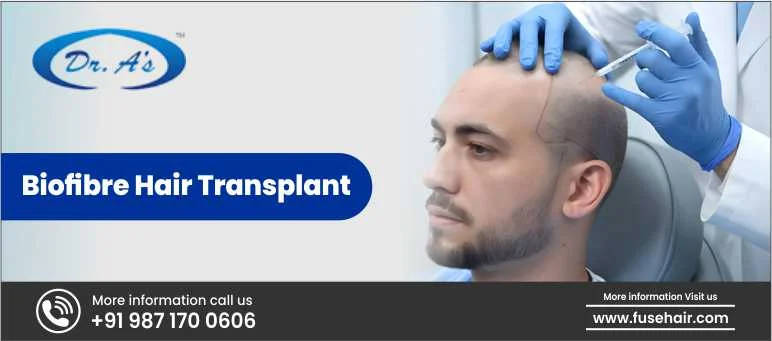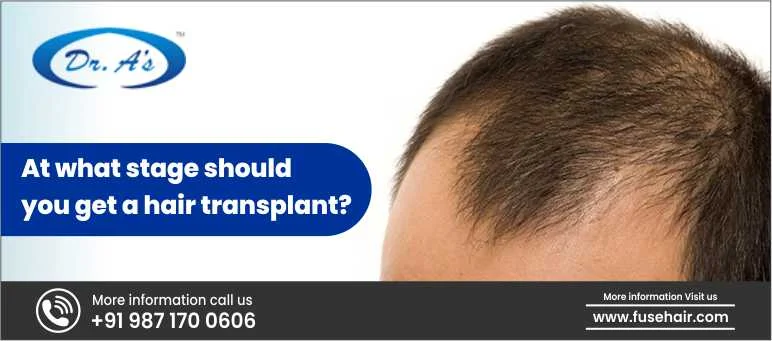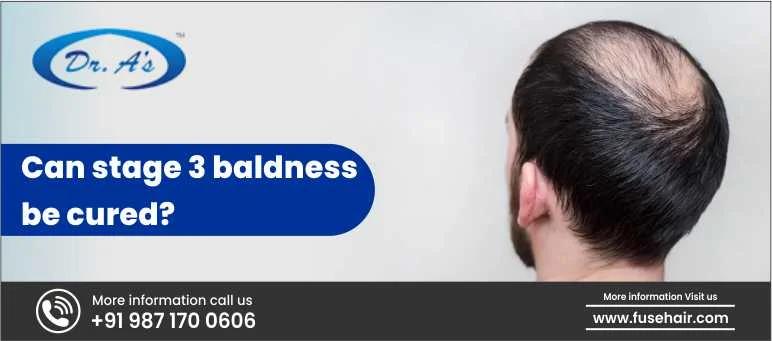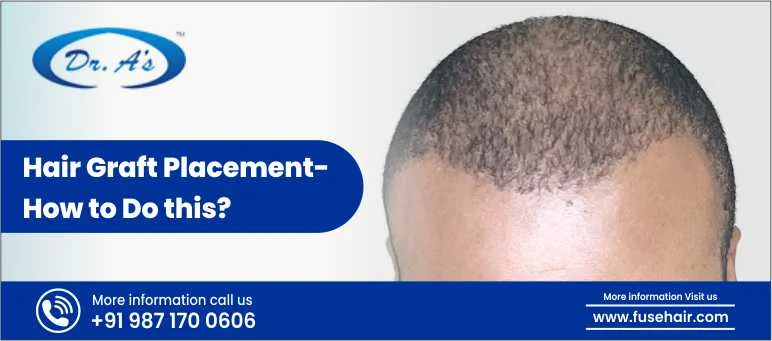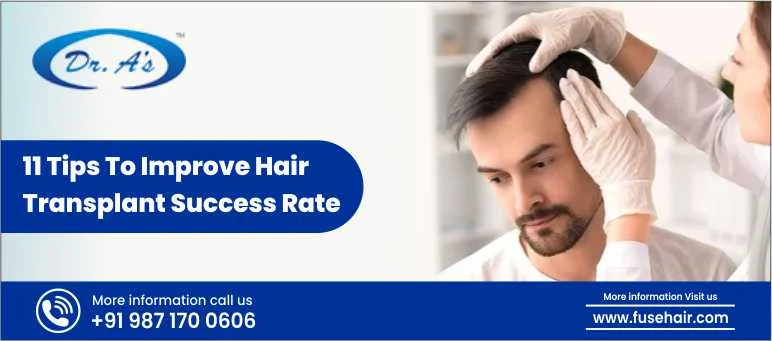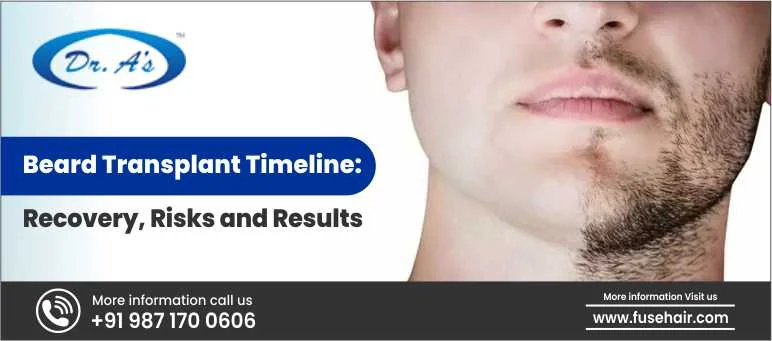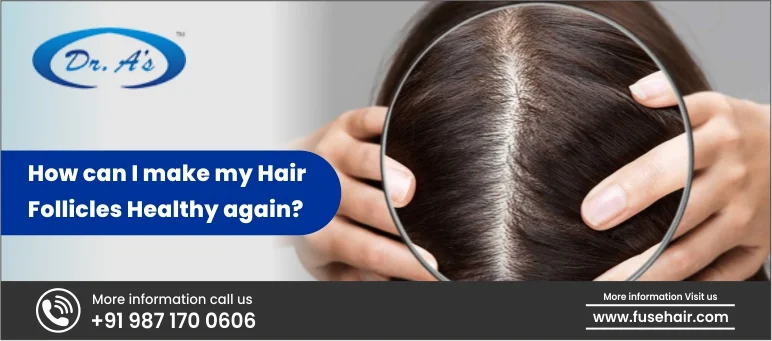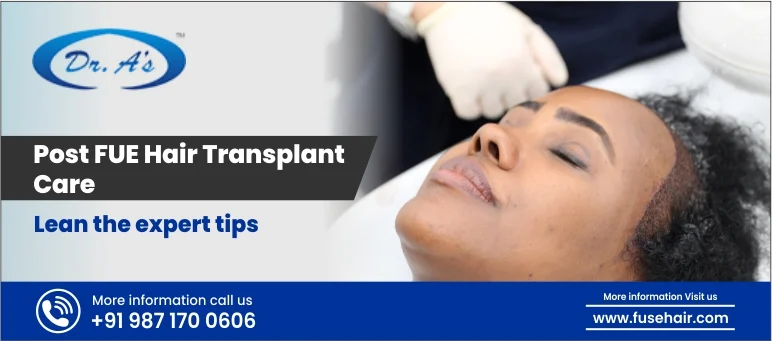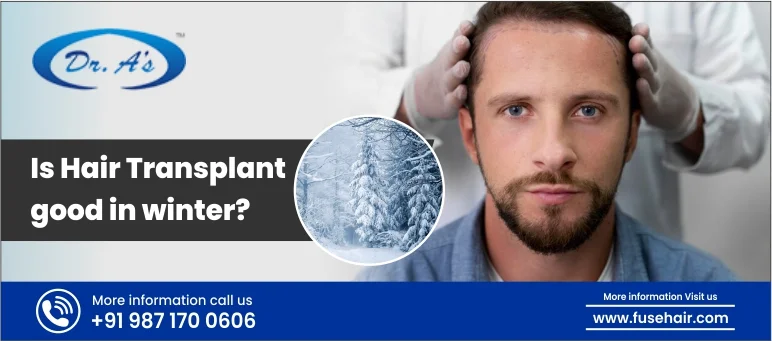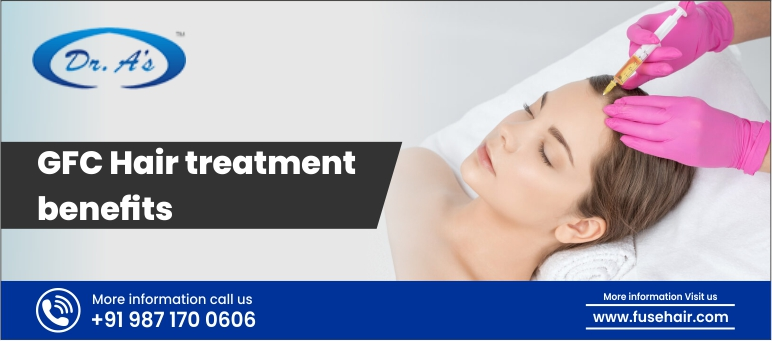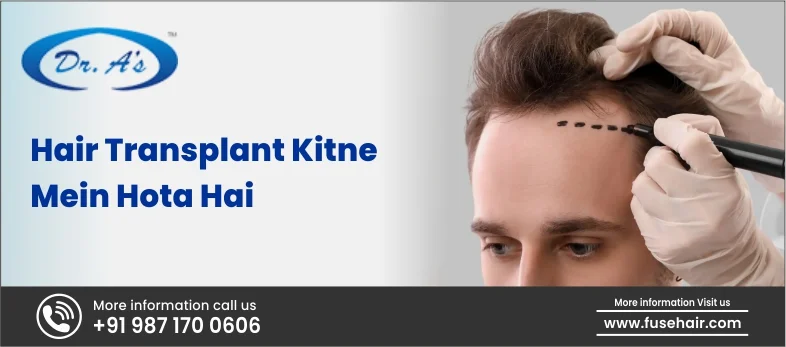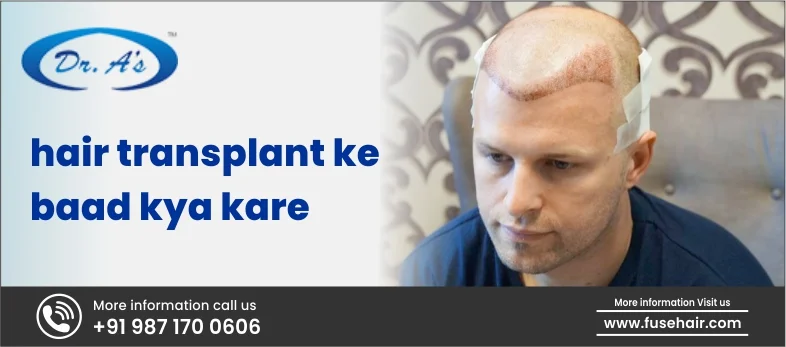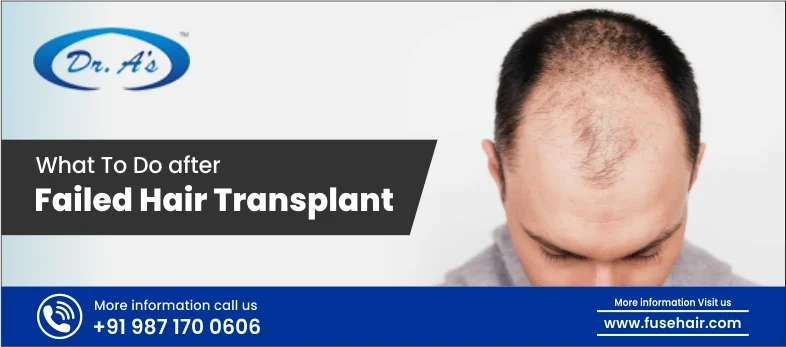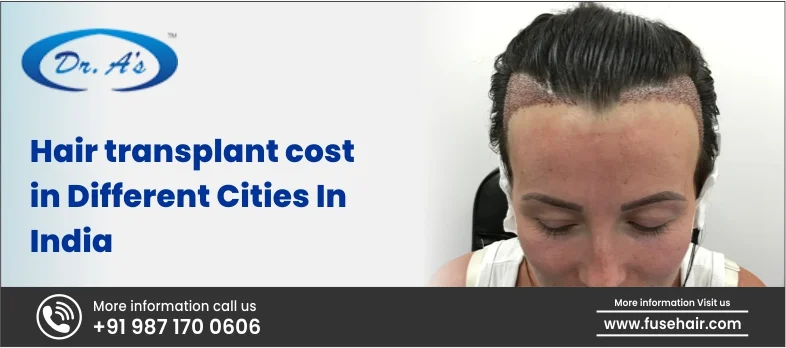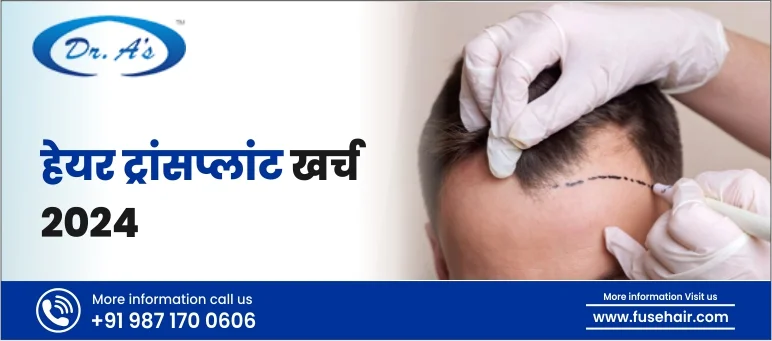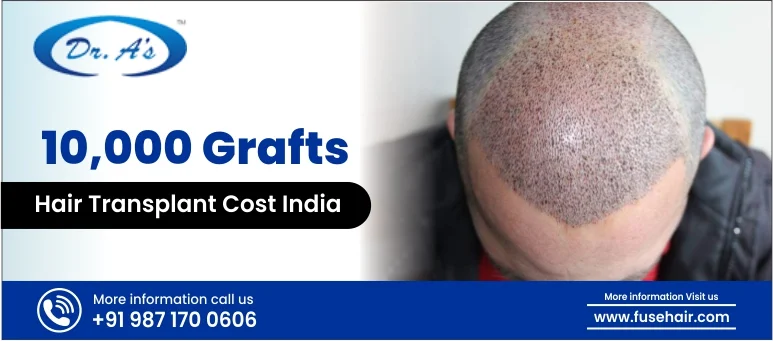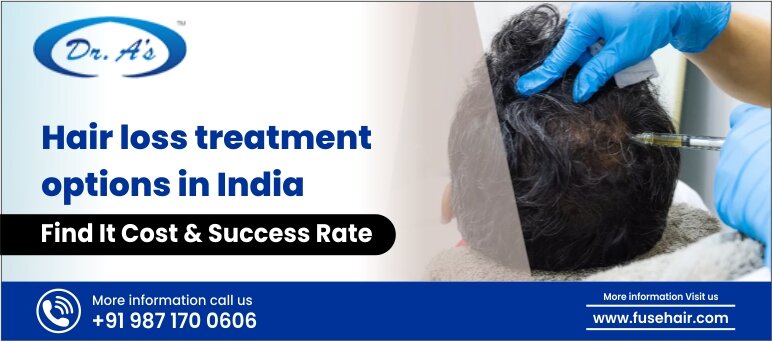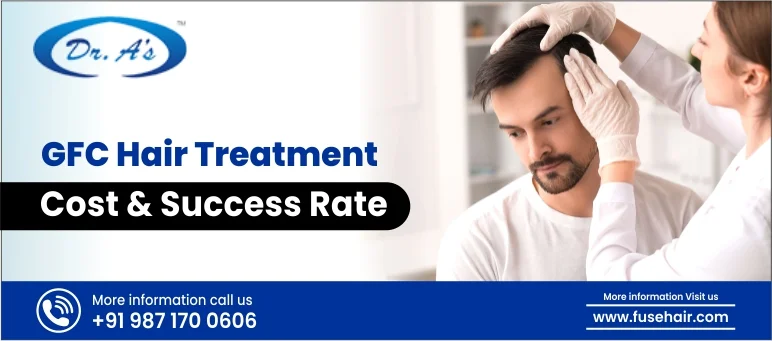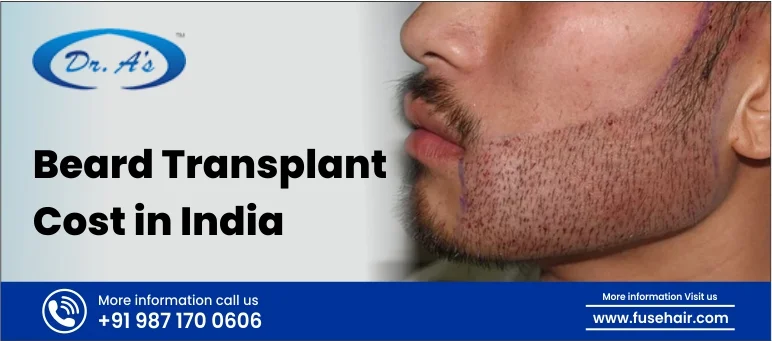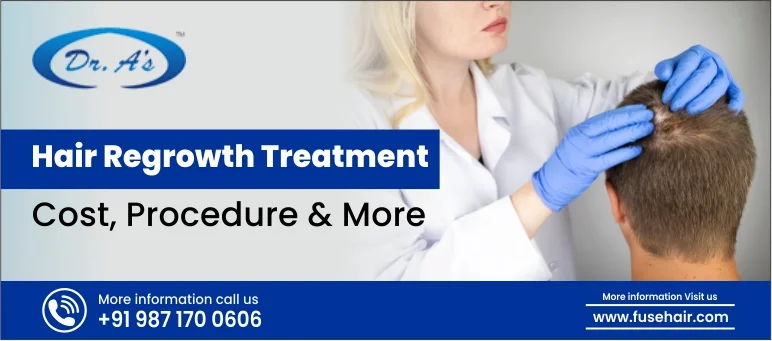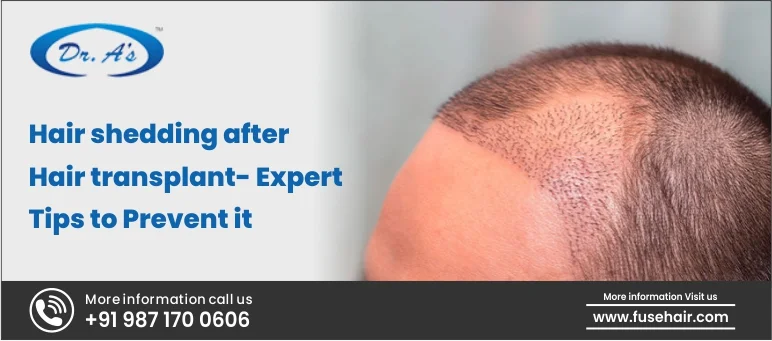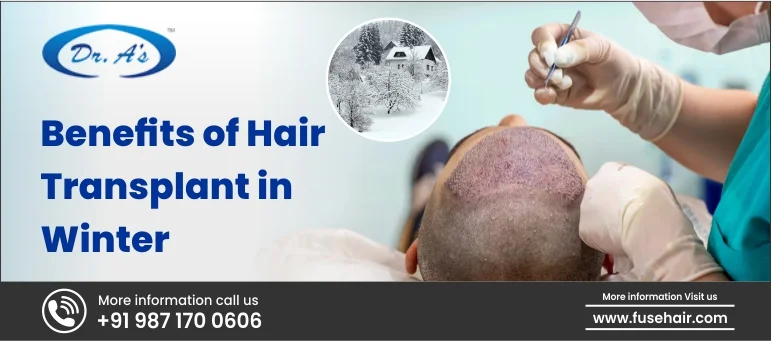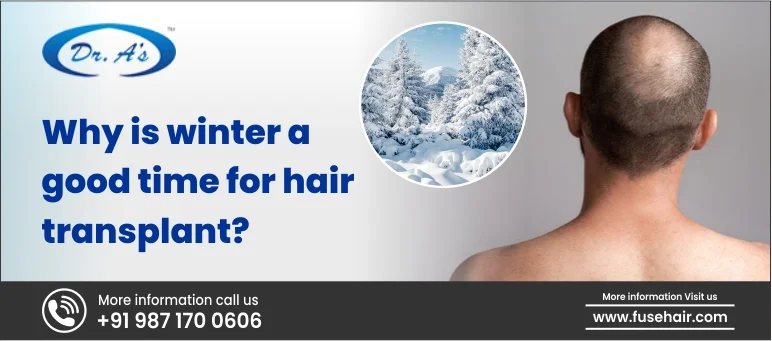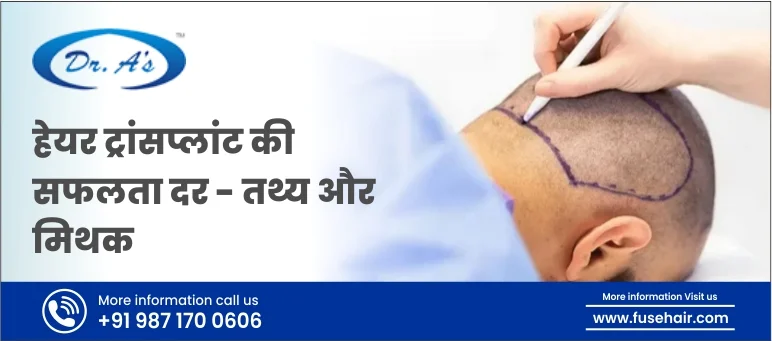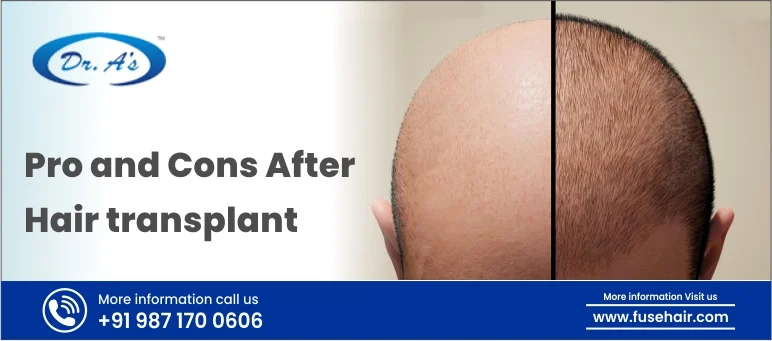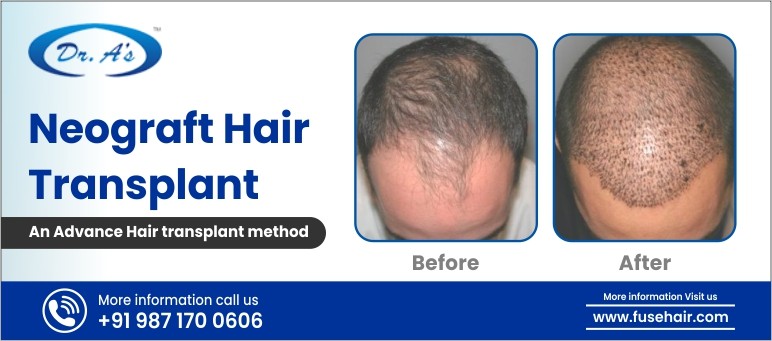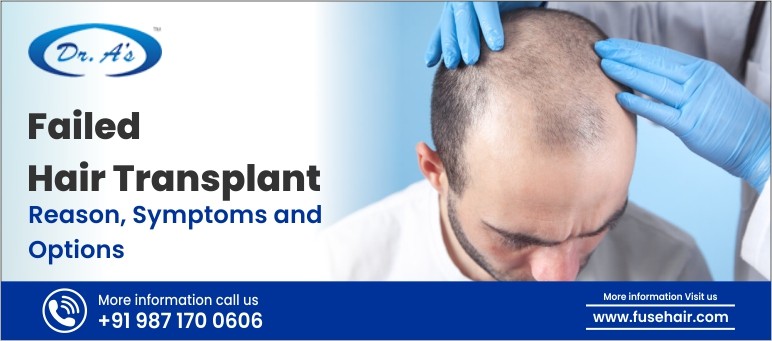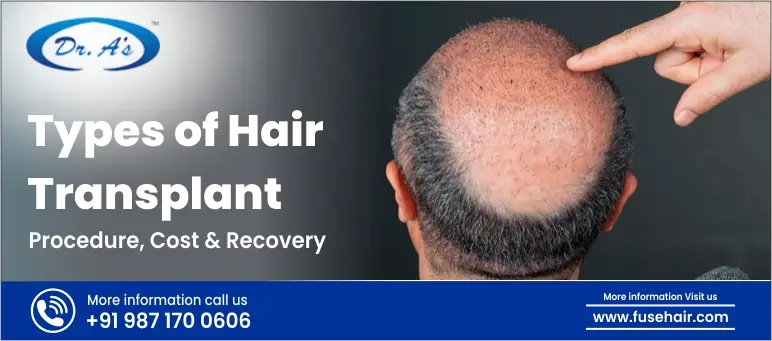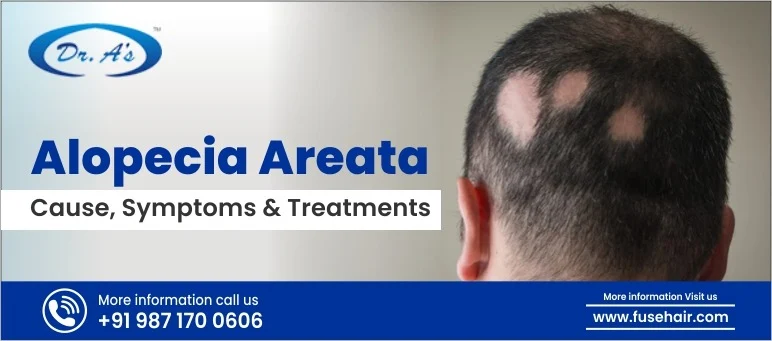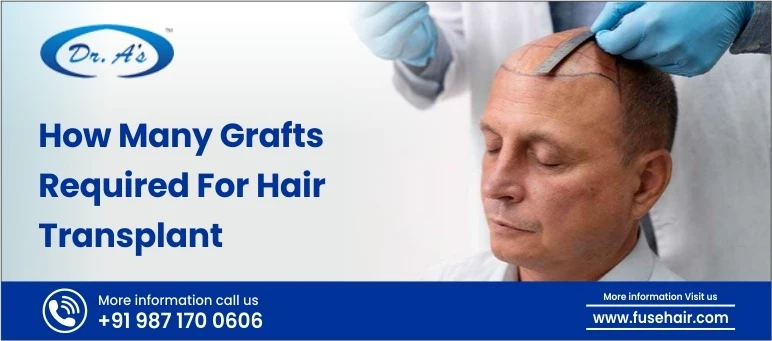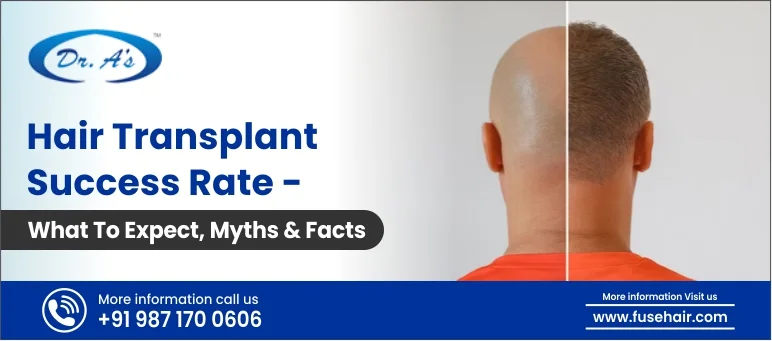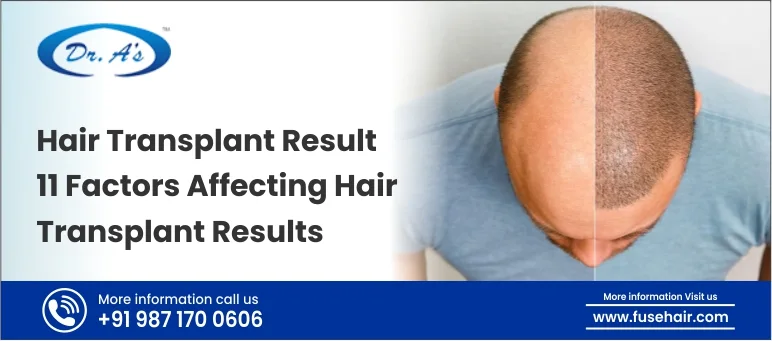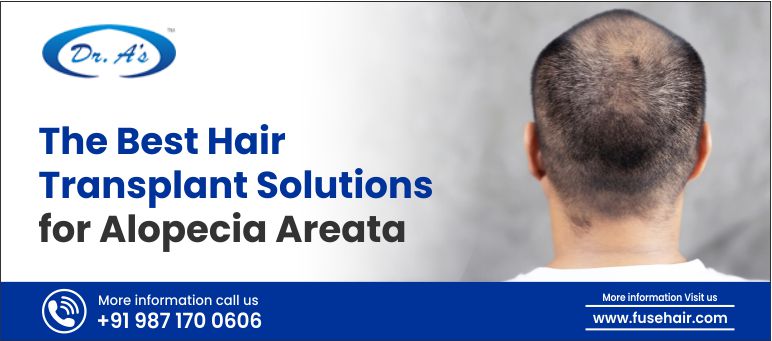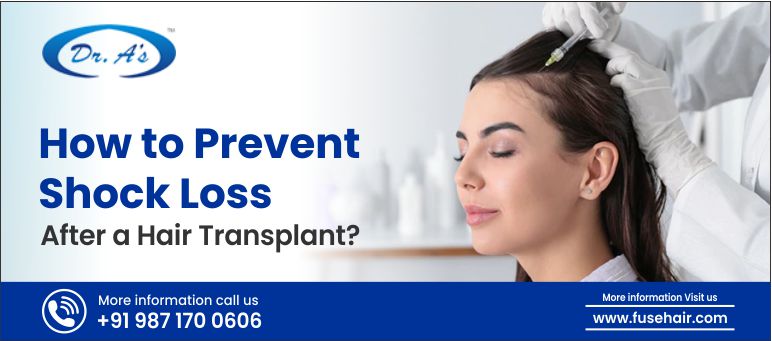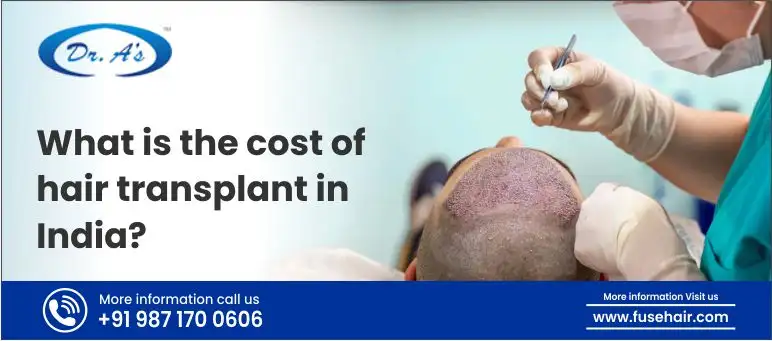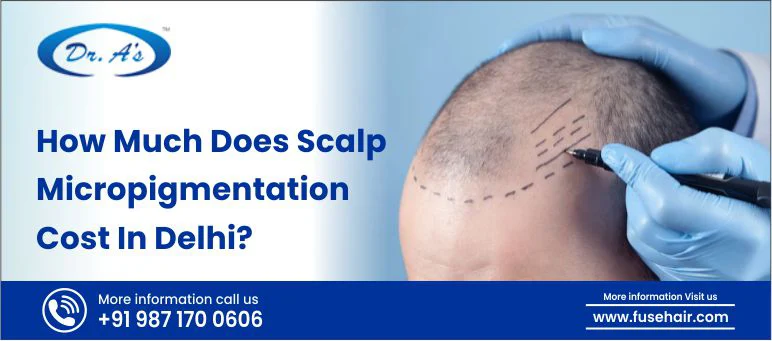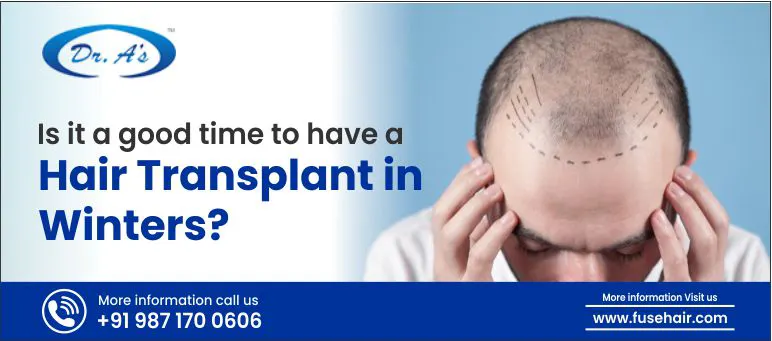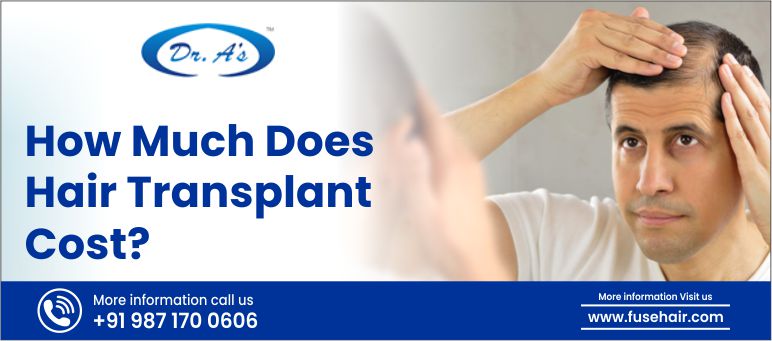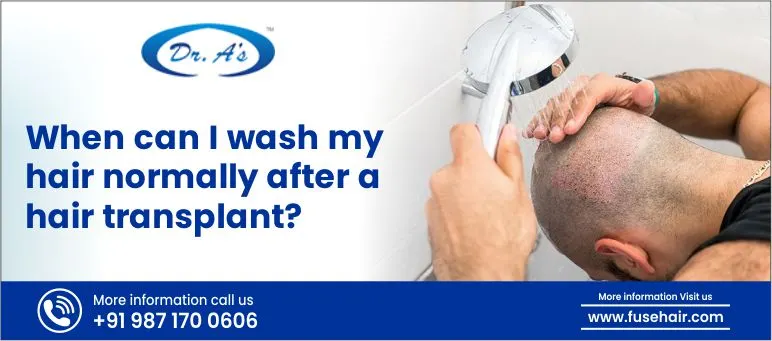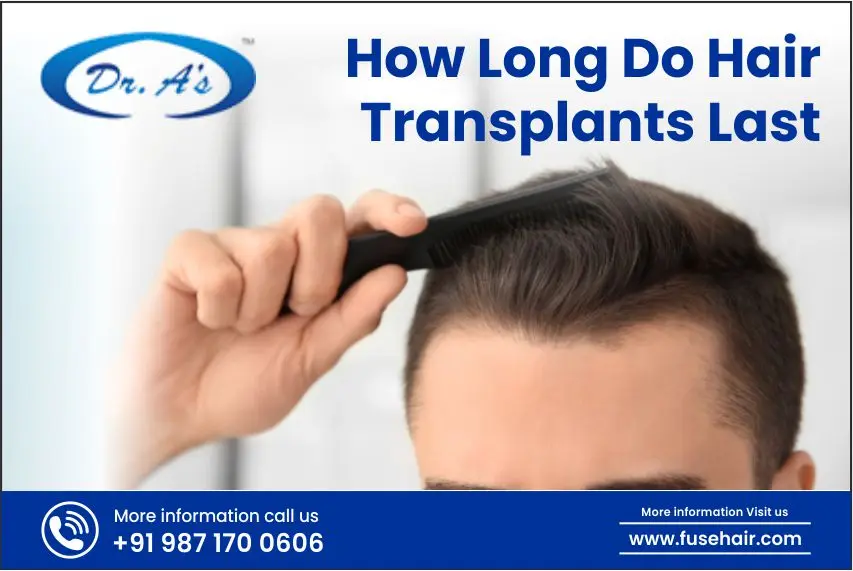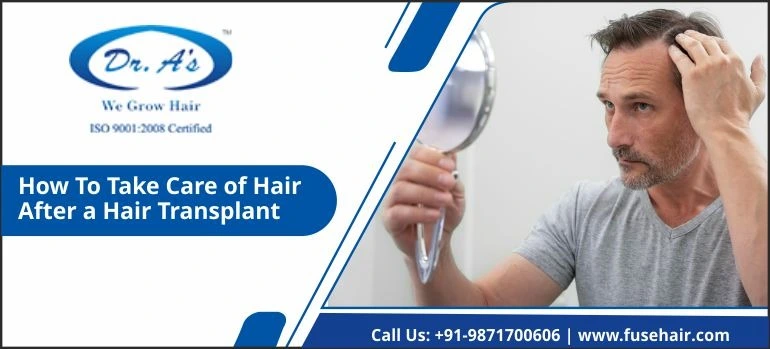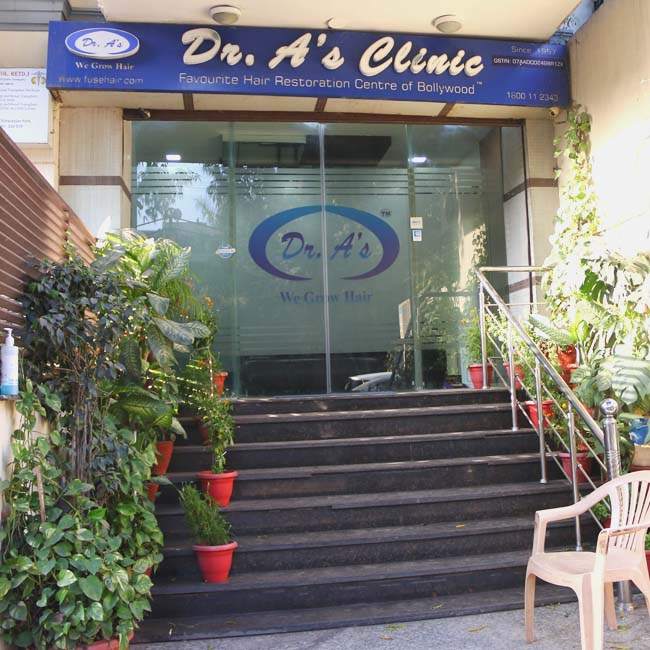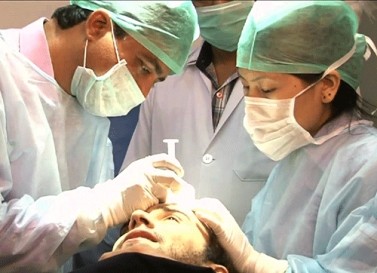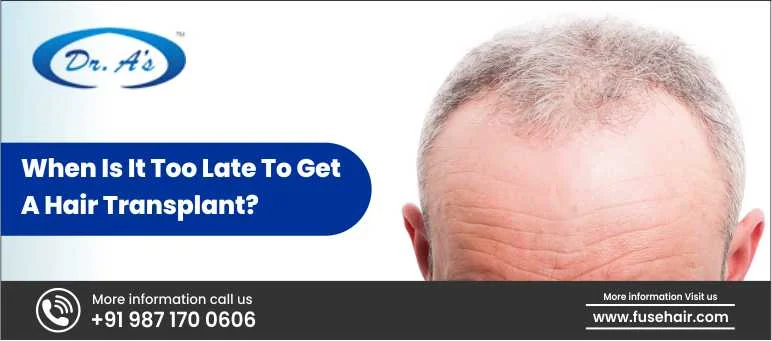
Hair loss can be an emotionally devastating experience. It is primarily responsible for changing the way you look over time. It even alters the way you see yourself. A lot of people begin to wonder if a hair transplant is still a solution for them as time passes and their hairline recedes. They ask, “When is it too late to get a hair transplant?” Well, the thing is, “too late” is a subjective aspect.
One of the most trusted names in the world of hair transplants is Dr. A’s Clinic. Under the expertise of pioneering hair transplant surgeon Dr. Arvind Poswal, our clinic continues to provide innovative solutions. Our FUSE technique and commitment to patient care ensure thousands of people recover their confidence, even in late-stage hair loss cases.
In this comprehensive article, we will cover the various signs that it might be too late for a hair transplant.
Understanding Hair Transplants
Before you can know if hair transplants are an option for you, you need to first understand how the procedure works and what it includes. A hair transplant is a minor surgical procedure. Here, the hair follicles are moved from a part of the body with healthy hair to areas that have hair loss. Usually, the back and sides of the scalp are used as donor areas, which help transplantation in the areas with hair thinning, called the recipient area. The goal of this process is to create a natural look and restore hair permanently. In today’s time, two main techniques are used:
- FUHT (Follicular Unit Hair Transplantation) means the removal of a strip of skin from the donor area. It is then dissected into the individual follicular units for transplantation.
- FUE (Follicular Unit Extraction) includes the extraction of each follicular unit one by one. This is done using a tiny punch tool that does not cause a lot of scarring.
Dr. A’s Clinic takes hair restoration up a notch. We do this with our signature FUSE (Follicular Unit Separation Extraction) technique, which is a unique form of FUE. This was pioneered by our founder, Dr. Arvind Poswal. It allows for the use of beard and body hair if the donor area on the scalp is insufficient. This is really helpful for patients with advanced baldness.
A good transplant is required to not only restore hair but also enhance a person’s self-esteem and appearance. Their overall sense of self is also supplemented. Understanding this is important before you assess when it might be too late for the procedure.
Key Factors That Influence Hair Transplant Eligibility
Not everyone can go through a hair transplant. A lot of factors determine whether you can go through it or not. These include:
-
Age of the Patient
Age is really important to know if a hair transplant will be successful and when it should be done. People may start losing their hairline from as early as 18, but reputable surgeons do not operate on them until they are at least 25 years of age. This is because early loss usually continues to progress. Transplanting in this state can lead to various unnatural results.
On the other end of this spectrum, a lot of people over the age of 60 may wonder if they are too old for the process. The good news is that age itself is not a strict barrier in this case. If you are in good health and have sufficient donor hair, successful hair transplants are absolutely possible. This applies even if you are in your late 60s or early 70s.
-
Extent of Hair Loss
The stage and pattern of hair loss greatly affect the visibility of transplants. The Norwood scale determines the stages of hair loss and its progression. Stage 1 shows minimal recession, while Stage 7 shows a state of complete baldness.
Patients at Stage 2 or 3 can often expect fuller, more natural results. Those in Stages 5–7 may need multiple sessions and a strategic approach to maximize coverage, especially if they have limited donor reserves.
Moreover, the density and quality of the donor hair play an important role in determining the result. People with thick and healthy donor hair will naturally experience better coverage. Their results will be more aesthetically pleasing, even in the advanced stages of hair loss.
-
Donor Hair Availability
The success of any transplant hinges on the quality and density of donor hair. Typically, the back and sides of the scalp are the most reliable sources. However, in cases of extensive baldness, these areas might be sparse as well.
In such a time, alternative donor areas may be considered. The chest, beard, and other areas of the body are usual considerations, so hair follicles may be harvested. These sources do expand one’s transplant options. However, they differ in texture and growth characteristics. This needs to be carefully evaluated by the surgeon to create natural-looking results.
-
Overall Health & Medical Conditions
Your general health is also a factor. It affects how well your body heals. It also shows how successful the transplant will be. If one has uncontrolled diabetes or heart issues, they can face risks during the surgery. Even those with blood clotting disorders cannot go through this procedure. Autoimmune disorders like alopecia areata further affect the outcomes of the hair transplant.
Dr. A’s Clinic conducts thorough and detailed health assessments on all patients before performing any surgical procedures. Patients are advised on aspects of improving their fitness and managing medical conditions well so they can prepare for the surgery.
This ensures the best possible results without messing with patient health. Personalized care at our clinic does not stop at the operating theatre. We extend it to aftercare and medication, along with various recovery protocols.
Signs It May Be Too Late
While many cases can be treated with the right expertise and technique, there are scenarios where a transplant may no longer be a feasible or worthwhile option.
-
Complete Baldness With No Viable Donor Hair
A transplant is usually not possible if the entire scalp is entirely bald. It is also not possible if the donor areas have significantly thinned. Without any healthy follicles available for harvesting, there is no material to work with for hair restoration.
At Dr. A’s Clinic, we offer all available options of hair transplant solutions. This means beard and body hair grafts for transplant. If a person is beyond surgical intervention, we offer alternatives like Scalp Micropigmentation (SMP). We also provide medically managed treatments to improve appearance and boost confidence.
-
Severe Scalp Scarring or Skin Damage
Scarring from burns, trauma, or previous botched transplants can reduce blood flow and make the skin inhospitable for graft survival.
Dr. Arvind Poswal has extensive experience in scar revision and repair transplants. Using fine-tuned techniques, he strives to improve the appearance of scarred areas or restore limited hair growth by transplanting into or around scar tissue.
-
Advanced Age With Other Health Conditions
Age is a significant concern if a person also has some chronic illness or experiences a weakened immune response. Poor wound healing capacity is yet another issue here. If your body is not fit for surgery, the risks are too many. In such a case, you will not be able to experience the benefits provided by hair transplants.
However, if you are in reasonably good health, even in your late 60s, you may still be a suitable candidate. Our team performs detailed medical evaluations to ensure safety and transparency in every case.
-
Unrealistic Expectations or Psychological Factors
Hair transplants offer enhancement, not perfection. Patients who expect a “movie-star hairline” after a single session or those with mental health challenges like body dysmorphia may not find satisfaction, even with great results.
Ideal Time To Get A Hair Transplant
Rather than asking, “When is it too late,” a better question might be, “When is it ideal.” Timing is everything when it comes to successful, natural-looking hair restoration.
-
When It First Begins
If you notice early signs of hair loss, such as increased shedding, thinning at the crown, or a receding hairline, seek professional advice right away. Acting early allows for better planning and may reduce the need for extensive surgery later.
We encourage early evaluations, where non-surgical options like PRP therapy, low-level laser therapy, or medical prescriptions (finasteride, minoxidil) may be used to slow down or even reverse hair loss in the early stages.
-
When Hair Loss Has Stabilized
For surgical intervention, it is often best to wait until your hair loss has stabilized. This ensures that the transplant is placed in areas that won’t continue to shed rapidly, preserving a natural look over time.
-
When You Get Professional Diagnosis And Planning
The ideal time is when you’re emotionally, financially, and physically prepared and have access to a trustworthy medical team. Adopting a holistic approach instead of clinics that are focused solely on quick procedures is advised.
Conclusion
Hair loss may make you feel like time is slipping away. When it comes to transplants, “too late” is not a fixed point. Today’s surgical advancements and expert care may help you much more than in earlier times.
We at Dr. A’s Clinic redefine what is possible in the world of hair restoration under the direction of Dr. Arvind Poswal. If you are wondering if it is too late, book a consultation with us to determine where to go from here.






